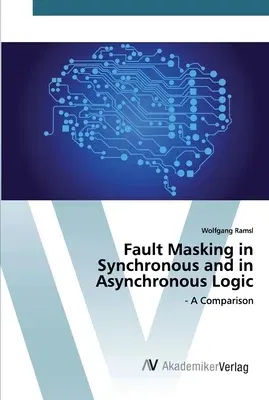Wolfgang Ramsl
(Author)Fault Masking in Synchronous and in Asynchronous LogicPaperback, 12 November 2019

Qty
1
Turbo
Ships in 2 - 3 days
In Stock
Free Delivery
Cash on Delivery
15 Days
Free Returns
Secure Checkout
Print Length
96 pages
Language
English
Publisher
AV Akademikerverlag
Date Published
12 Nov 2019
ISBN-10
6202225637
ISBN-13
9786202225632
Description
Product Details
Author:
Book Format:
Paperback
Country of Origin:
US
Date Published:
12 November 2019
Dimensions:
22.86 x
15.24 x
0.58 cm
ISBN-10:
6202225637
ISBN-13:
9786202225632
Language:
English
Pages:
96
Publisher:
Weight:
149.69 gm

